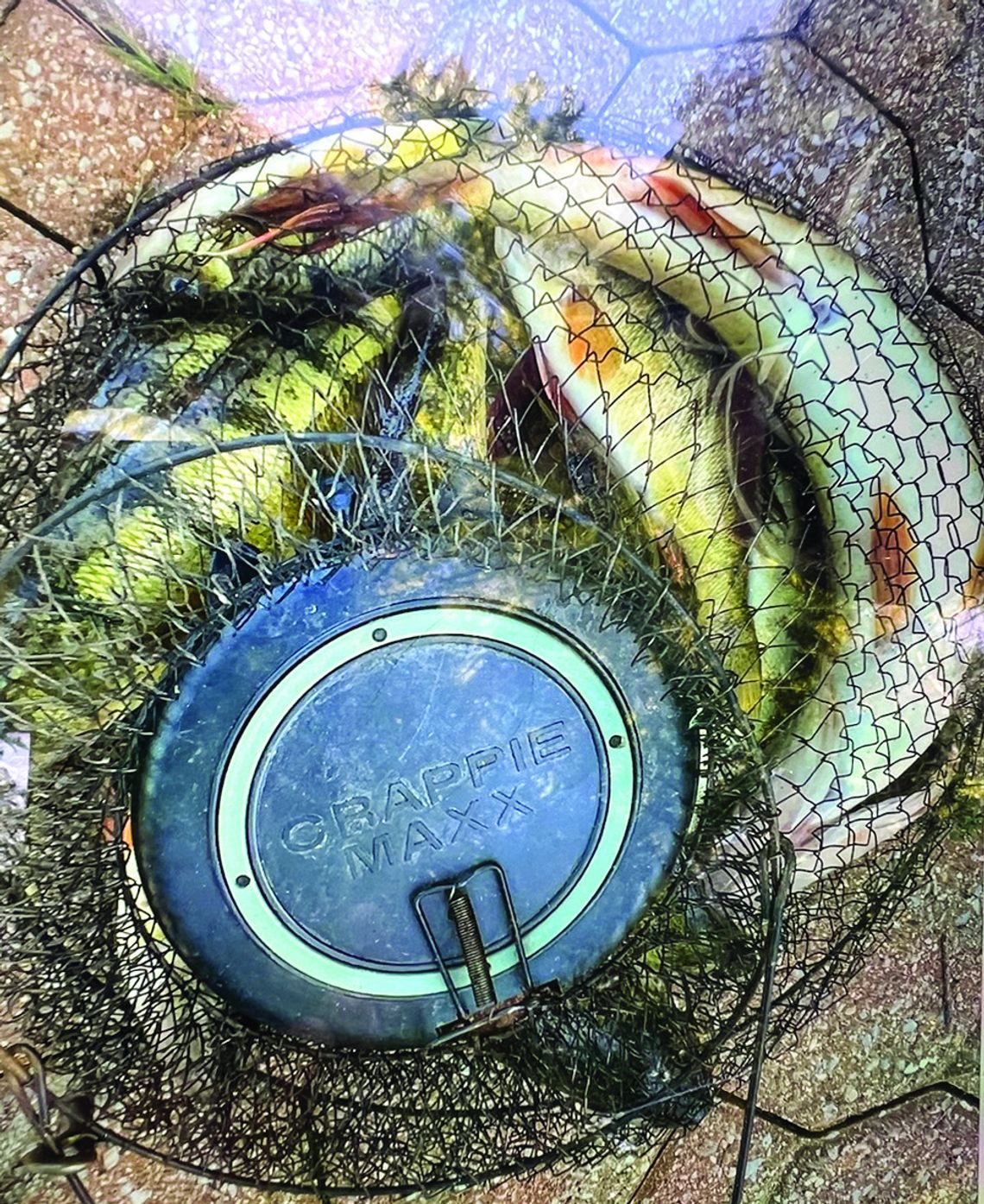“Shoot the tubes” has been a battle cry for Crystal River kayakers for decades. But this will be the last summer for the relatively benign adventure, the result of another unglamorous project taken on by an organization that gets little credit for its blue collar approach to conservation.
That organization’s name is the Conservation Resource Alliance (CRA). You likely didn’t know.
To be fair, the Grand Traverse Band of Ottawa and Chippewa Indians has shared responsibility for a project to dig out three undersized, rusting culverts that usher the Crystal River from one side of County Road 675 to the other. In their place, a handsome, wooden bridge will be built that allows the river to flow unimpeded under the road, which will help native fish populations move freely through a waterway connecting Glen Lake to Lake Michigan.
The project is typical of the type of work undertaken by CRA, whose president confides that the organization’s success lies at least partly due to its exorcism from the federal government.
“We take on projects like dam removals that aren’t universally popular,” said Dan Hubble, a bib-wearing attorney with an office in Traverse City and a farm in Centerville Township. “We are kind of a secret, but we have a great reputation for putting boots on the ground and getting practical projects done.”
CRM, whose offices are located in Bayview Professional Centre across from Tom’s West Bay Shopping Center, is also in the midst of replacing three sediment-spewing culverts on the Jordan River, working to stabilize stream banks and improve trout habitat on the Pere Marquette River, and playing a lead role in determining the future of the Baldwin River Dam. It’s most glamorous work — and this is telling — has been partnering with 250 landowners to plant more than 112,500 native trees and shrubs to “reforest” northern Michigan.
CRA is doing work that is easy to overlook today, although grandchildren will notice.
Hubbell has been a CRA board member since 1995, when the future of the organization was at a crossroads. It was originally founded as the Northwest Michigan Resource Conservation Development Council with the mission of extracting itself from government reliance to become an independent entity that promotes wise stewardship of natural resource.
Hubbell credits CRA’s first executive director, Jim Haveman, with achieving that independence. The group started with a board selected by county conservation districts who were full-time government employees.
“Most of those board members were what I call professional meeting attenders. They were political appointees who worked hard but didn’t get much done … Now our board is made up with people who are successful in life, then know how to get stuff done. We have picked board members with specific skills to match other board members. That was Jim Haveman’s brilliance. He figured out how to grow the organization out of his job.”
Current executive director Amy Beyer, who has been with the organization as long as Hubbell, is in the midst of retiring and “will be hard to replace.” Beyer was a critical piece in CRA’s transformation, Hubbell said.
“CRA’s success is that we actually did what the enabling legislation wanted, which is to wean ourselves from the federal government having to fund us. The direct payment to us is maybe ten grand, and before Amy came on they funded our entire organization,” Hubbell said.
Governmental and private grants make up the bulk of CRA revenue. The organization is in solid financial shape headed into a change of leadership, Hubbell said.
The Crystal River project has been years in the making, and required deep-pocketed and jurisdictional partners. The Leelanau County Road Commission, which owns rights-of-way to the crossings, signed on early,. The Grand Traverse Band was also an eager partner and secured a $3.7 million grant to replace several river crossings in the area, including the “shoot the tube” culverts.
According to Naomi Louchouarn, river restoration project manager for the GTB, culverts at the crossing are undersized, creating a strong current that’s thrilling for kayakers but strenuous to fish.
“It’s difficult for our native fish, who evolved and are comfortable with a slow moving river,” Louchouam said. “We’ll put in a timber bridge that will span the entire width of the river.”
In all, three Crystal River road crossings will be replaced, two with wooden bridges and one with a metal bridge. Louchouam expects the two remaining river culverts to be replaced by bridges in 2025.
Work should start on the upper most culvert replacement project in September after kayakers have shot the tubes for their final season yet before fall spawning runs for salmon begin.
The federal grant came through the National Oceanic and Atmospheric Administration.
“We’ve received funds from them for a lot of road crossings in the ceded territory, where the tribe has an interest in reconnecting free-flowing rivers across northern Michigan,” Louchouam said. Also on the replacement list are culverts at road crossings of Cedar Run creek in Solon Township.
Louchouam said the GTB and CRA plan to distribute flyers and post signs explaining the significance of the project.”We want to help people visualize why it’s important,” she said.
It’s the type of CRA project that usually goes unnoticed.
‘We’re really good at getting stuff in the ground or out of the ground. We take a practical approach to our natural resources,” Hubbell said.








